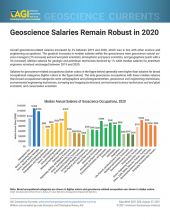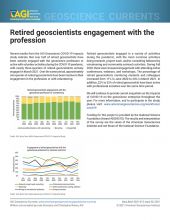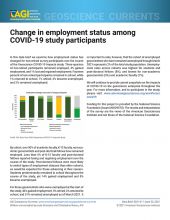The steep increase in the price of crude oil in the United States remains a headline issue, along with the falling US dollar. The drop in the dollar has caused concern in oil-producing countries which use it as the economic basis for the commodity, and often their currency. The chart below shows the spot market price of crude oil per barrel (BBL) in US dollars and in euros from 2001 to today. The price of oil has grown faster relative to the dollar than to the euro. Yet, a portion of the rise in oil prices is due to the fall of the value of the dollar. The graph also shows the cost of barrels of crude oil per cost of an ounce of gold, demonstrating the parallel growth in commodity pricing.
If the US dollar had remained strong in the global economy, oil might, in theory, be around $65 per barrel. However, oil is priced in dollars, and oil prices continue to rise. The impact of increased oil prices can not be ignored in the US economy, and, in turn, can further weaken the dollar. Resource economics is a complex feedback loop where today’s resource boom is driven by many external factors. This complex system bears watching by all geoscientists.
Price of a barrel of oil by currency and gold. Sources: EIA; OANDA Corporation








